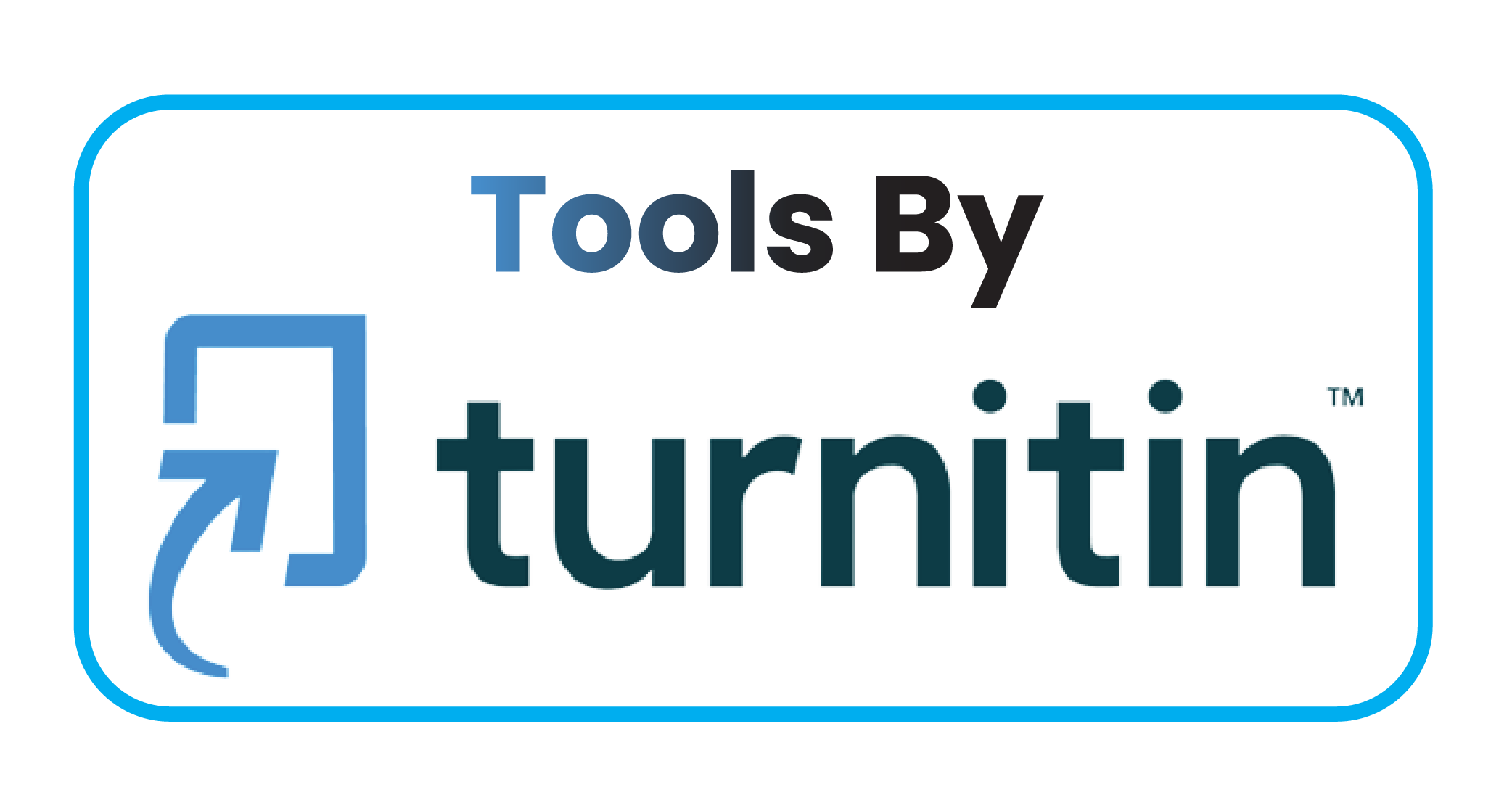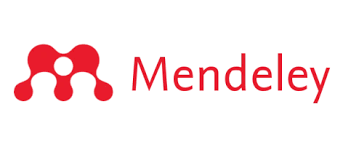The Effect of Profitability, Liquidity, Institutional Ownership, and Managerial Ownership on Capital Structure
DOI:
https://doi.org/10.59888/ajosh.v2i6.260Keywords:
Debt Policy, Liquidity (CR), Managerial Ownership, Profitability (ROA)Abstract
This study aims to obtain empirical evidence on the effect of profitability as measured by Return on Assets (ROA), liquidity measured by Current Ratio (CR), institutional ownership, and managerial ownership on capital structure. The population of this study is companies listed as consumers of the non-cyclical sector on the IDX in 2018-2022, as many as 113 issuers. The method used is a quantitative method with statistical analysis of panel data regression. Capital structure is the dependent variable, and profitability, liquidity, institutional ownership, and managerial ownership are independent variables. The method used is a quantitative method with statistical analysis of panel data regression with the SPSS Analysis tool. Capital structure is a framework that describes how equity and debt are used to finance company operations to generate optimal returns for shareholders and maximize company returns by considering the level of risk. The results showed that partially the Probability (ROA) and Liquidity (CR) were significant to the Capital Structure (DER). Institutional and managerial ownership have no significant effect on the Capital Structure (DER).
References
Al-Hunnayan, S. H. (2020). The capital structure decisions of Islamic banks in the GCC. Journal of Islamic Accounting and Business Research, 11(4), 745–764.
Camisón, C., Clemente, J. A., & Camisón-Haba, S. (2022). Asset tangibility, information asymmetries and intangibles as determinants of family firms leverage. Review of Managerial Science, 16(7), 2047–2082.
Dewi, C. R., & Fachrurrozie, F. (2021). The effect of profitability, liquidity, and asset structure on capital structure with firm size as a moderating variable. Accounting Analysis Journal, 10(1), 32–38. https://doi.org/10.15294/aaj.v10i1.44516
Dirman, A. (2020). Financial distress: the impacts of profitability, liquidity, leverage, firm size, and free cash flow. International Journal of Business, Economics and Law, 22(1), 17–25.
Dyduch, W., Chudzi?ski, P., Cyfert, S., & Zastempowski, M. (2021). Dynamic capabilities, value creation and value capture: Evidence from SMEs under Covid-19 lockdown in Poland. Plos One, 16(6), e0252423.
Gozali, M., Saputra, M. A., Budianto, E. W. H., & Dewi, N. D. T. (2023). The Influence of Return On Equity (ROE) in Islamic Banking: Mapping Research Topics using VOSviewer Bibliometric and Library Research.
Hertina, D. (2021). The influence of current ratio, debt to equity ratio and company size on return on assets. Turkish Journal of Computer and Mathematics Education (TURCOMAT), 12(8), 1702–1709.
Hussein, M. Q. S., Saeed, N. A., & Ahmad, G. S. (2023). Financial ratios analysis and companies’ liquidity evaluation. Journal of Global Economics and Business, 4(14), 60–75. https://doi.org/10.58934/jgeb.v4i14.173
Jensen, M. C., & Meckling, W. H. (2019). Theory of the firm: Managerial behaviour, agency costs and ownership structure. In Corporate governance (pp. 77–132). Gower.
Kenourgios, D., Savvakis, G. A., & Papageorgiou, T. (2020). The capital structure dynamics of European listed SMEs. Journal of Small Business & Entrepreneurship, 32(6), 567–584.
Khoa, B. T., & Thai, D. T. (2021). Capital structure and trade-off theory: Evidence from Vietnam. The Journal of Asian Finance, Economics and Business, 8(1), 45–52.
Ku?era, J., Vochozka, M., & Rowland, Z. (2021). The ideal debt ratio of an agricultural enterprise. Sustainability, 13(9), 4613.
Margono, H., Wardani, M. K., & Safitri, J. (2020). Roles of capital adequacy and liquidity to improve banking performance. The Journal of Asian Finance, Economics and Business, 7(11), 75–81.
Mirza, N., Rahat, B., Naqvi, B., & Rizvi, S. K. A. (2023). Impact of Covid-19 on corporate solvency and possible policy responses in the EU. The Quarterly Review of Economics and Finance, 87, 181–190. https://doi.org/10.1016/j.qref.2020.09.002
Puspita, R. P. I., & Suherman, S. (2018). The Impact Of Dividend Policy, Managerial Ownership, and Institutional Ownership To Capital Structure On Manufacturing Company In the Indonesia Stock Exchange (Idx) Period 2012-2016. Journal of Business and Behavioural Entrepreneurship, 2(1), 28–39.
Saona, P., Vallelado, E., & San Martín, P. (2020). Debt, or not debt, is a Shakespearean question related to a corporate decision. Journal of Business Research, 115, 378–392.
Saputro, A. E., Setiawan, A., & Usuli, S. (2022). Faktor-Faktor yang Mempengaruhi Struktur Modal (Studi Empiris Perusahaan Industri Non Cyclicals 2017-2019). Jurnal Ilmiah Poli Bisnis, 1–12.
Wackowski, K., Tien, N. H., Dao, M. T. H., & Minh, D. T. (2022). Business strategy of Vietnamese real estate developers: The use of CPM matrix for analysis. International Journal of Multidisciplinary Research and Growth Evaluation, 3(1), 205–209.
Downloads
Published
Issue
Section
License
Copyright (c) 2024 Baby Amelia Fransesca S

This work is licensed under a Creative Commons Attribution-ShareAlike 4.0 International License.
Authors who publish with this journal agree to the following terms:
- Authors retain copyright and grant the journal right of first publication with the work simultaneously licensed under a Creative Commons Attribution-ShareAlike 4.0 International. that allows others to share the work with an acknowledgement of the work's authorship and initial publication in this journal.
- Authors are able to enter into separate, additional contractual arrangements for the non-exclusive distribution of the journal's published version of the work (e.g., post it to an institutional repository or publish it in a book), with an acknowledgement of its initial publication in this journal.
- Authors are permitted and encouraged to post their work online (e.g., in institutional repositories or on their website) prior to and during the submission process, as it can lead to productive exchanges, as well as earlier and greater citation of published work.










